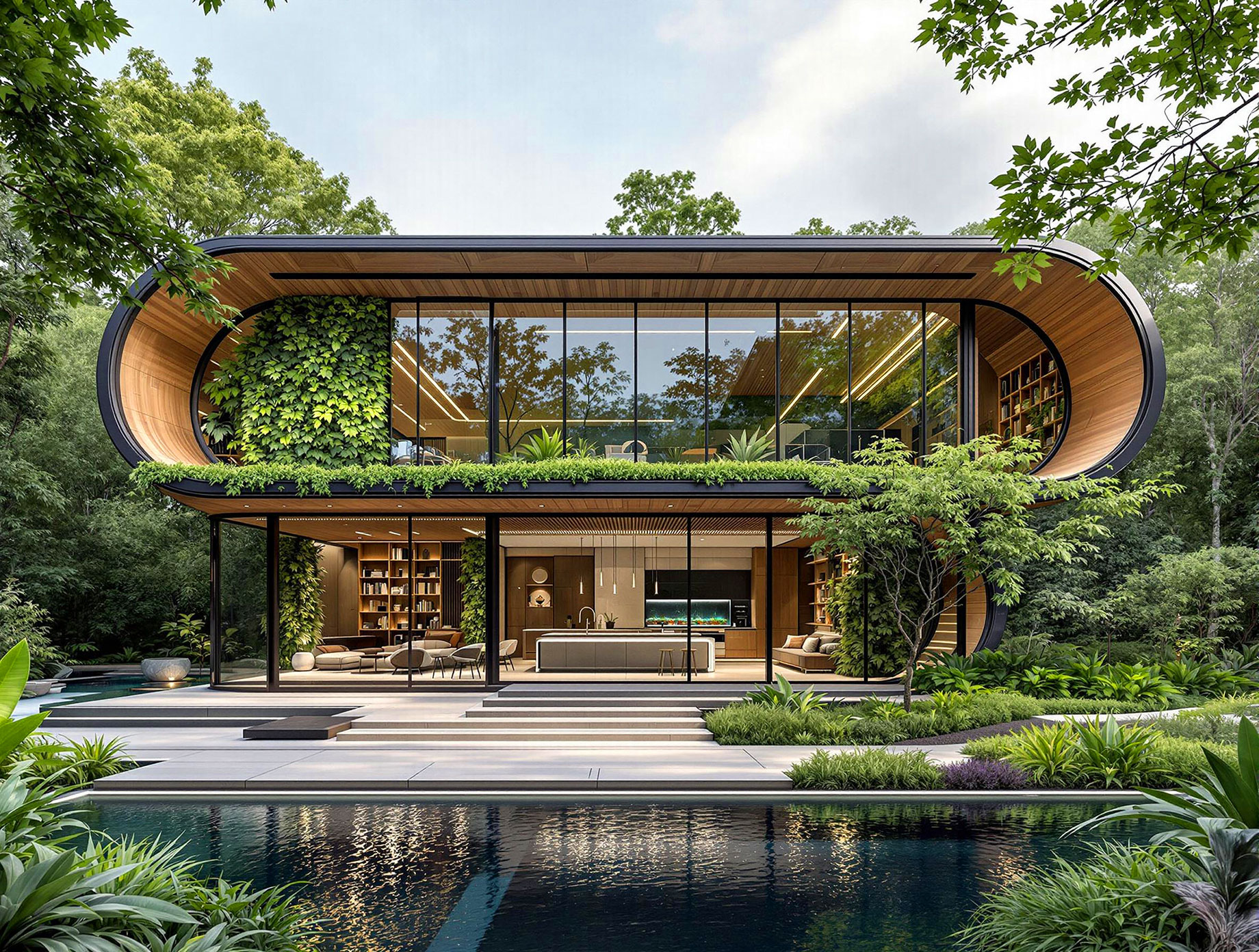
A remarkable transformation has taken place in luxury real estate. Gone are the days when square footage and opulence defined high-end properties. Today’s affluent homebuyers seek environments that actively contribute to their wellbeing, fueling the global wellness real estate market to an impressive $275 billion valuation.
The Wellness Revolution in Luxury Real Estate
Several factors have accelerated this shift. The pandemic fundamentally changed our relationship with our homes. An aging luxury demographic has prioritized longevity in their living spaces. Environmental awareness has grown among affluent buyers. And perhaps most notably, wellness tourism has influenced residential expectations, with many seeking to recreate resort-like wellness environments in their daily lives.
Industry pioneers like Delos, with their WELL Building Standard, have created frameworks for this new approach, helping to codify what was once just an intuitive concept.
Core Elements of Wellness-Focused Estate Design
Biophilic Design Integration
Wellness-focused estates seamlessly integrate nature into living spaces. Today’s luxury homes feature indoor-outdoor transitions with retractable glass walls, strategic daylighting, living walls that improve air quality, and water features that provide psychological benefits while purifying the air.
Advanced Air Quality Management
Air quality has emerged as perhaps the most critical wellness component. Luxury estates now incorporate hospital-grade filtration systems, smart monitoring technology that adjusts ventilation automatically, and sophisticated HVAC zoning. The selection of building materials has also evolved dramatically, with toxic traditional materials replaced by natural alternatives.
Water Purity and Circadian Lighting
Comprehensive water management systems address not only contaminants but also beneficial mineral content. Human-centric lighting that mimics natural daylight progression helps maintain healthy circadian rhythms, improving sleep quality and daytime energy levels.
Holistic Pest Management as a Wellness Cornerstone
One of the most important aspects of wellness-focused design is rarely visible: sophisticated pest management systems. In wellness-focused estates, pest management begins at the design phase, with preventative measures incorporated into the building envelope itself. Even in tropical environments where Florida cockroaches and other resilient pests thrive, these approaches dramatically reduce the need for chemical interventions.
When treatment becomes necessary, eco-friendly options take precedence, including botanical insecticides, targeted microbial agents, or mechanical systems. Smart monitoring technology can detect pest activity before infestations develop, allowing for minimal, targeted interventions rather than whole-house treatments.
This holistic approach requires collaboration between architects, wellness consultants, and pest management specialists who must coordinate their efforts to create truly healthy living environments.
Dedicated Wellness Spaces
Specialized spaces for wellness activities have evolved from novelties to necessities. Home spas now feature hydrotherapy and contrast therapy. Meditation spaces designed with optimized acoustics and lighting have become common. Fitness areas incorporate biometric monitoring systems. Sleep sanctuaries feature soundproofing, blackout capabilities, and EMF shielding optimized for sleep quality.
Technology and Sustainability
Technology integration forms the backbone of wellness-focused estates, with smart systems monitoring everything from temperature and humidity to air quality. These systems make subtle adjustments to maintain optimal conditions while balancing comprehensive monitoring with privacy needs.
In truly wellness-focused estates, sustainability isn’t treated as a separate concern but as an integral aspect of creating healthy environments. Non-toxic building materials, energy efficiency, waste management innovations, and regenerative landscaping create environments that contribute positively to both environmental and human health.
The Future of Wellness-Focused Estate Design
Emerging technologies promise even more sophisticated approaches to creating healthy living environments. Predictive health monitoring systems may eventually allow for early detection of health issues. Personalized environmental adjustments based on individual biomarkers could optimize conditions for each occupant’s specific needs.
Perhaps most exciting is the potential democratization of wellness design features. As technologies mature and scale, approaches pioneered in luxury estates are becoming accessible to broader segments of the housing market.
Conclusion
The evolution of wellness-focused estate design represents more than just another luxury trend, it signals a fundamental shift in how we define premium living environments. By reimagining luxury through the lens of wellness, the real estate industry acknowledges a profound truth: true luxury lies not in ostentatious displays of wealth but in environments that nurture health, comfort, and sustainability.